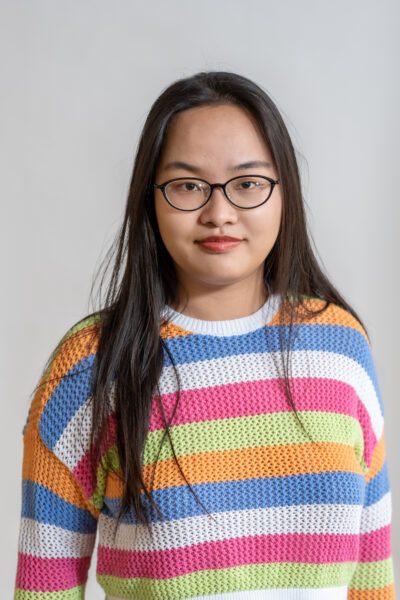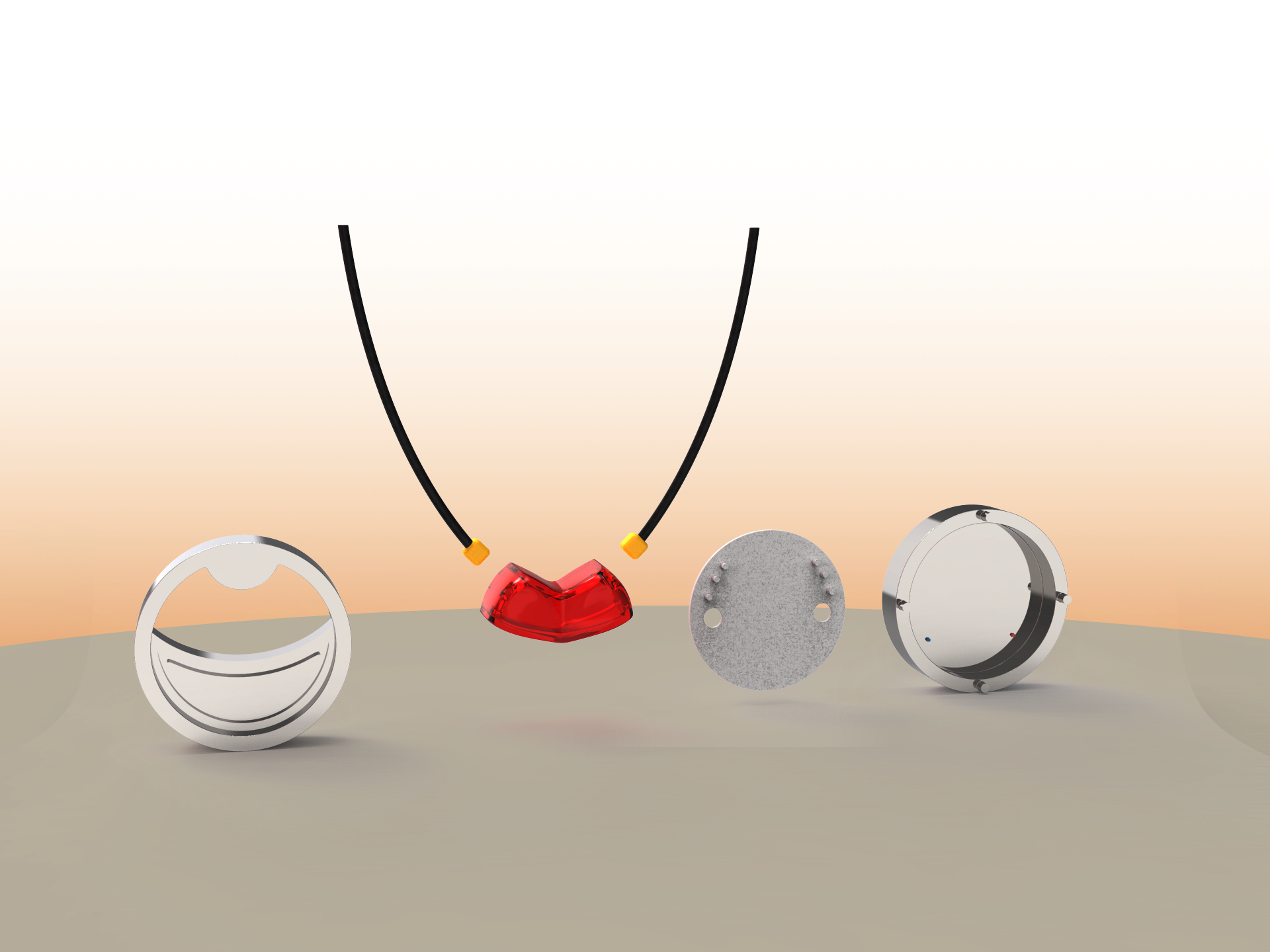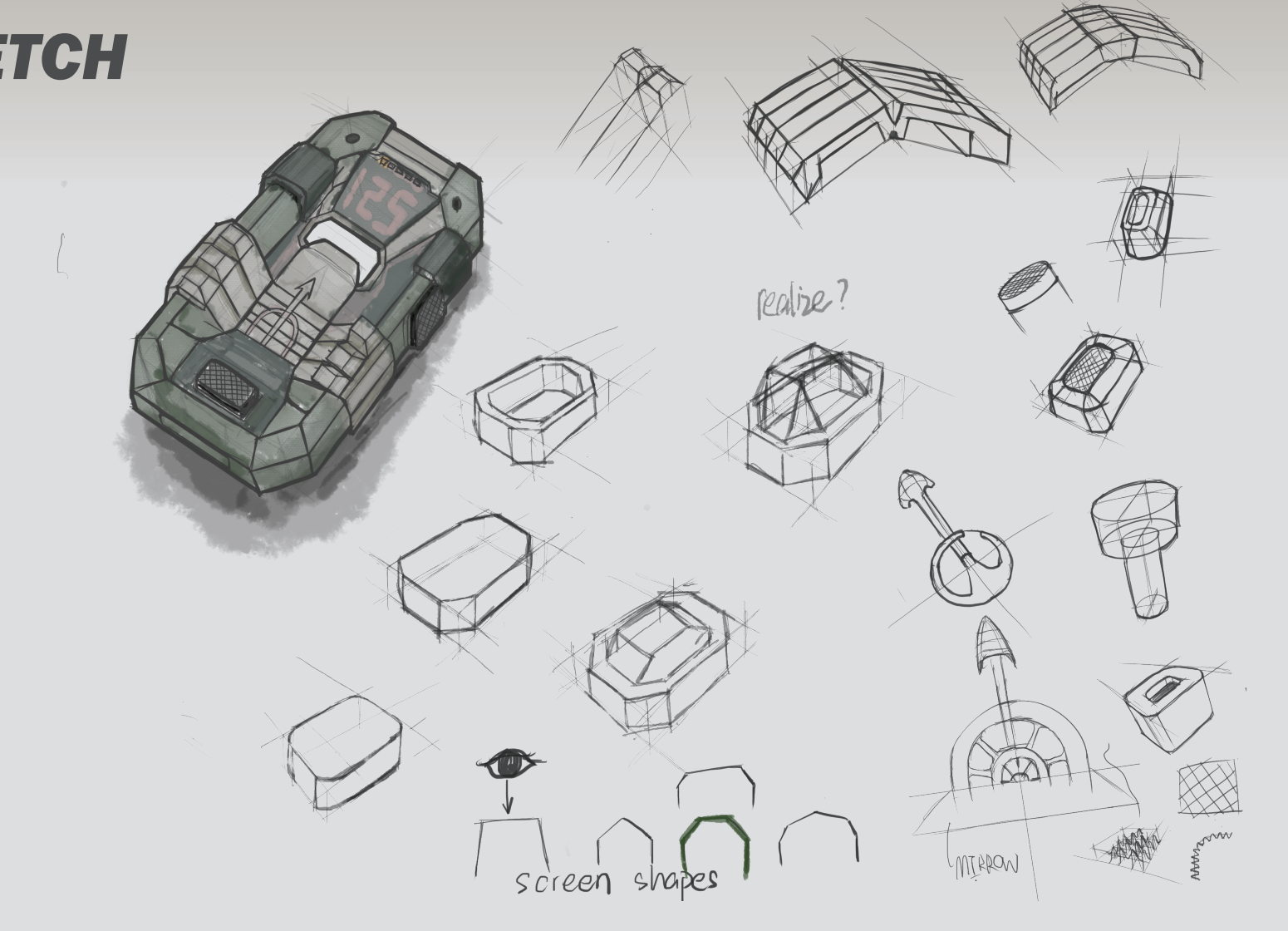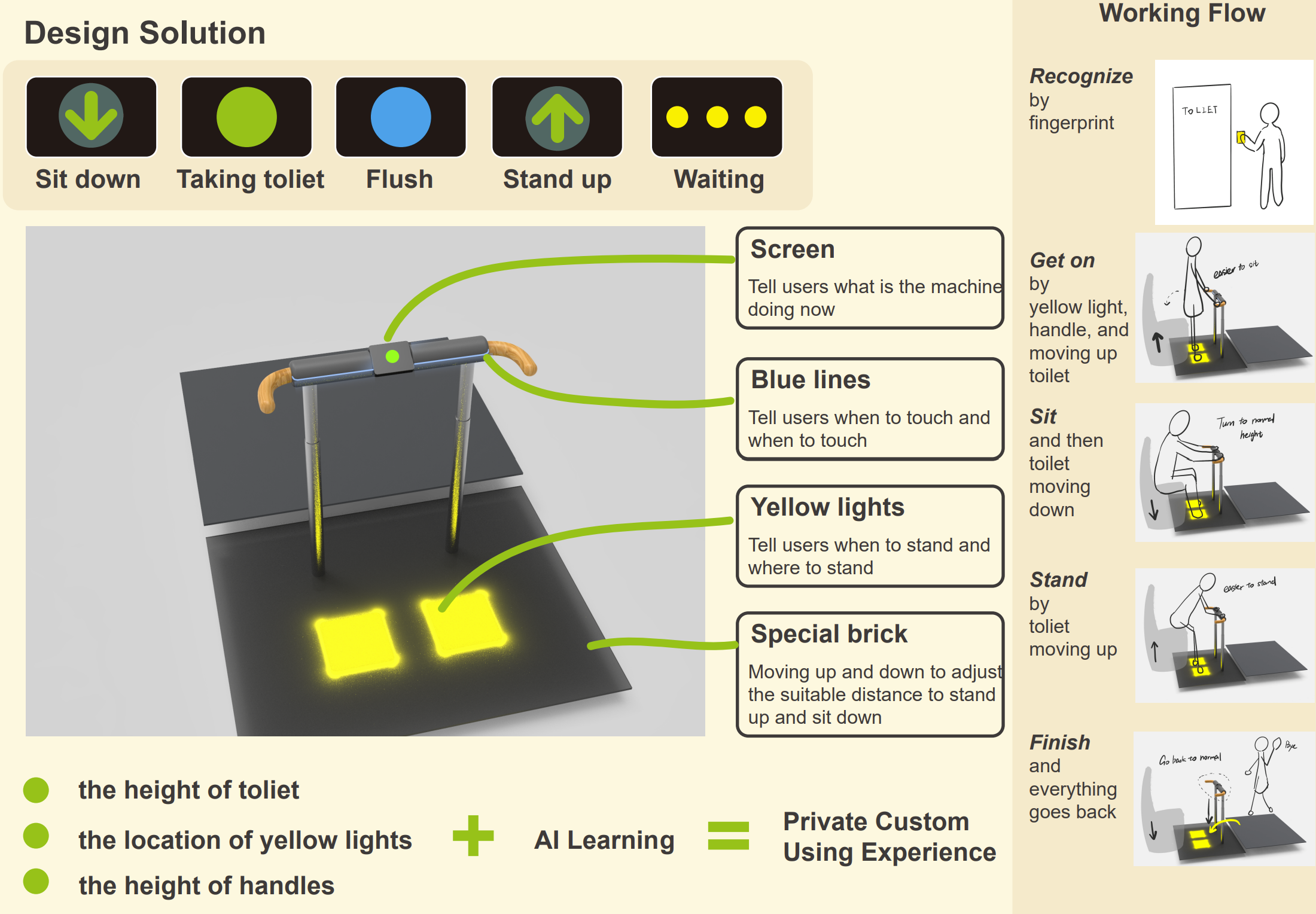
Final Project
Sedentary Reminder
This product is designed for office workers who spend extended periods sitting. It addresses this issue by prompting users to perform simple exercises and displays their health status via a heart-shaped light. Users can comfortably wear it around their neck and will be prompted to exercise when it vibrates. By using the accompanying app, they can monitor their health status and receive tailored advice.


Current situation
Sitting for over 6 hours is classified as sedentary behavior. Many office workers experience pains associated with this sedentary lifestyle. Workers play a crucial role in society. Addressing these sedentary-related issues not only benefits the workers but can also lead to substantial savings in healthcare costs for the government, given that many ailments are linked to prolonged sitting.
Design Solution
To address the issue of sedentary behavior, the most effective solution is self-improvement. Office workers should aim to stand up at least once every 45 minutes during their workday. After work, it’s important to engage in moderate-intensity exercise. Our app offers three types of exercises: walking, squats, and stretching. Initially, users need to establish good habits, and then focus on maintaining them. The Hook Model can be a useful tool for habit formation. Consistent use of our product not only benefits users’ health but also supports the long-term success of our company by promoting ongoing sales.

Technology
Our product employs machine learning to detect users’ current states. After experimenting with various machine learning methods, we ultimately settled on the decision tree. For data collection, we utilized the Arduino Nano 33 BLE, primarily because of its onboard acceleration chip. Subsequent machine learning processes were carried out in Python. During this phase, we experimented with various data sets to achieve the most accurate detection. Finally, we utilized the <micromlgen> library to convert our Python code to C++. This model and the resulting code were then integrated into our final project.

Ergonomics
To determine the optimal size of the product and the length of the necklace, we experimented with various lengths and methods of selection. After testing, we found that 60cm is the most appropriate length. Furthermore, the final size and weight have been tailored to ensure comfort and suitability for users




Appearance Development
Other Work

This product is designed for forest keepers and can function as a navigator in mountainous terrains. It operates using satellite phone technology and satellite positioning, allowing for accurate identification of potential hazards, such as forest fires. Moreover, it facilitates swift voice and video communication, proving invaluable for sharing observations, conducting experiments, and facilitating research.

This product is designed to enhance the toilet experience for individuals aged between 60 and 75. It offers support to users by assisting them when they wish to stand up. Integrating IoT with smart home technology, the product can be retracted when not in use. To accommodate different heights and user preferences, settings can be adjusted automatically. The system utilizes fingerprint recognition to differentiate and cater to individual users
Experience
During my university years, I joined a startup in the housing rental sector. There, I experienced the entire process, from market research and customer outreach to developing an app and genuinely attracting users. This experience made me acutely aware of the limitations of my major at the time, prompting me to switch to industrial design.My previous major provided me with a solid foundation in coding and electronics. While I gained experience in bringing a product to fruition, those projects primarily emphasized functionality.
Visionary Thinkers
Visionary Creators
Visionary Makers